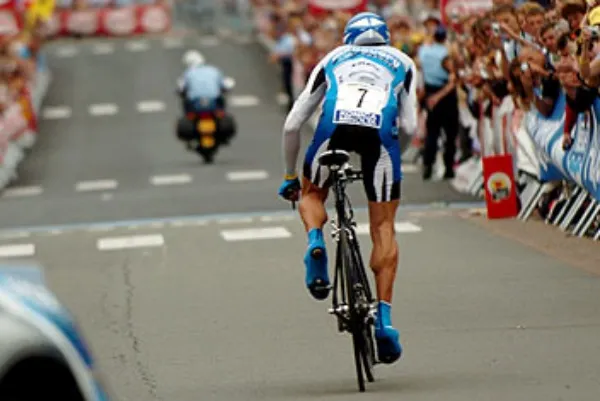Cycling marathons, also known as long-distance or endurance cycling events, have gained immense popularity in recent years. These challenging races test your physical endurance, mental resilience, and strategic prowess. Whether you’re a seasoned cyclist looking to conquer new goals or a recreational rider aspiring to complete your first marathon, a well-planned and structured training program is crucial. This article aims to provide you with a comprehensive guide to cycling marathon training, equipping you with the knowledge and strategies to achieve success in your pursuit.
- Set Clear Goals:
Before embarking on your training journey, it’s essential to establish clear and realistic goals. Identify the distance, duration, and specific race you wish to participate in. Setting measurable targets will help you structure your training plan accordingly and keep you motivated throughout the process.
- Build Endurance:
Endurance is the foundation of successful marathon cycling. Gradually increase your weekly mileage to build your stamina and cardiovascular fitness. Start with shorter rides and gradually extend the duration and distance. Incorporate long rides into your training schedule, pushing your limits gradually but sensibly. Aim for steady progress rather than sudden increases that can lead to overuse injuries.
- Interval Training:
While endurance forms the backbone of your training, incorporating interval training sessions can significantly enhance your performance. Interval training involves alternating between high-intensity efforts and recovery periods. These intense bursts of energy improve your cardiovascular fitness, increase your lactate threshold, and enhance your ability to sustain high speeds for longer durations.
- Hill Training:
Cycling marathons often feature challenging terrains, including hills and mountains. Prepare your body for these demanding ascents through specific hill training sessions. Seek out hilly routes in your area and incorporate them into your training rides. Focus on maintaining a consistent cadence and adjusting your effort to conquer the inclines. This training will strengthen your leg muscles, improve your power-to-weight ratio, and boost your overall climbing ability.
- Nutrition and Hydration:
Proper nutrition and hydration are vital aspects of any endurance training program. Consume a well-balanced diet that includes carbohydrates, protein, healthy fats, and plenty of fruits and vegetables. During long training rides, carry energy bars, gels, or sports drinks to replenish your glycogen stores and maintain optimal energy levels. Stay hydrated throughout your rides, especially in hot weather conditions.
- Recovery and Rest:
Rest and recovery are equally important as training. Adequate sleep, regular rest days, and active recovery exercises promote muscle repair and growth, reducing the risk of overuse injuries. Listen to your body and avoid overtraining, as pushing too hard without ample recovery time can hinder your progress and lead to burnout.
- Mental Preparation:
Cycling marathons are as much a mental challenge as they are a physical one. Develop mental toughness by visualizing success, practicing positive self-talk, and setting realistic expectations. Embrace a growth mindset and approach setbacks as learning opportunities. Incorporate mental exercises like meditation or visualization into your routine to enhance focus and concentration during the race.
- Equipment and Bike Fit:
Investing in suitable cycling equipment and ensuring a proper bike fit are crucial for marathon training. A comfortable and properly fitted bike will prevent discomfort and reduce the risk of injuries. Regularly maintain your bike to ensure optimal performance, including checking tire pressure, lubricating the chain, and inspecting brakes and gears.
- Simulate Race Conditions:
As your race day approaches, include training rides that simulate the conditions you’ll face during the marathon. Mimic the race distance, terrain, and pace to familiarize yourself with the challenges and develop race-specific strategies. Practice fueling and hydration strategies during these simulations to refine your approach.









